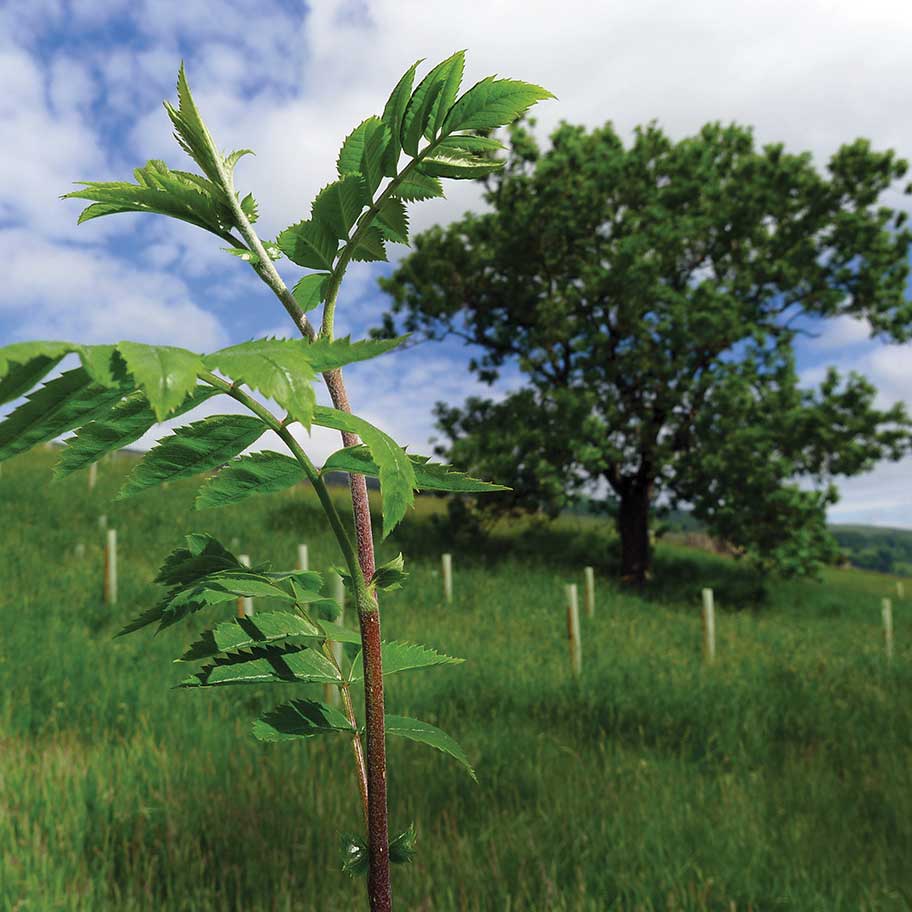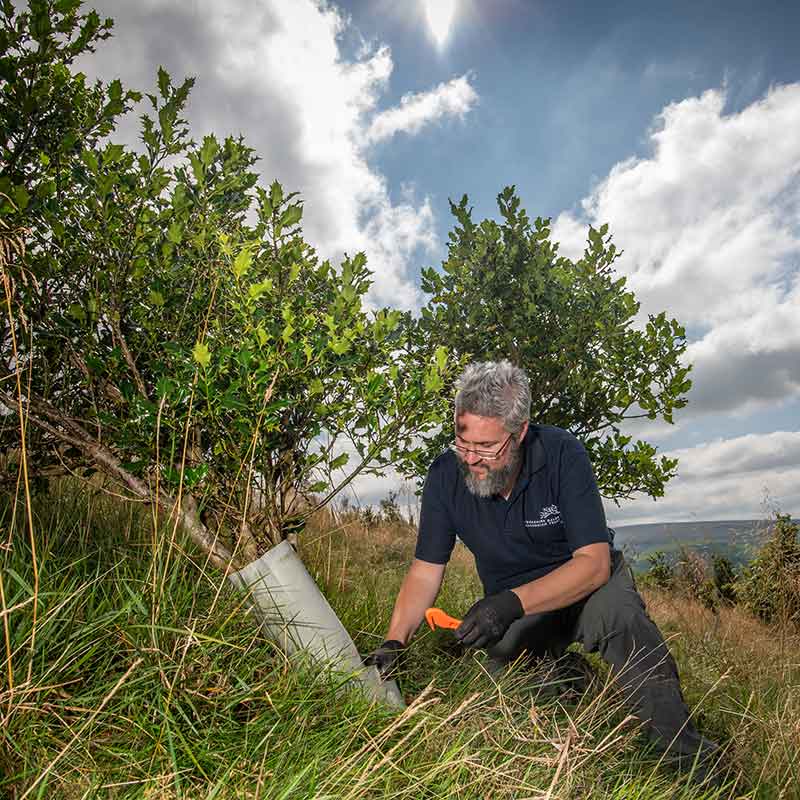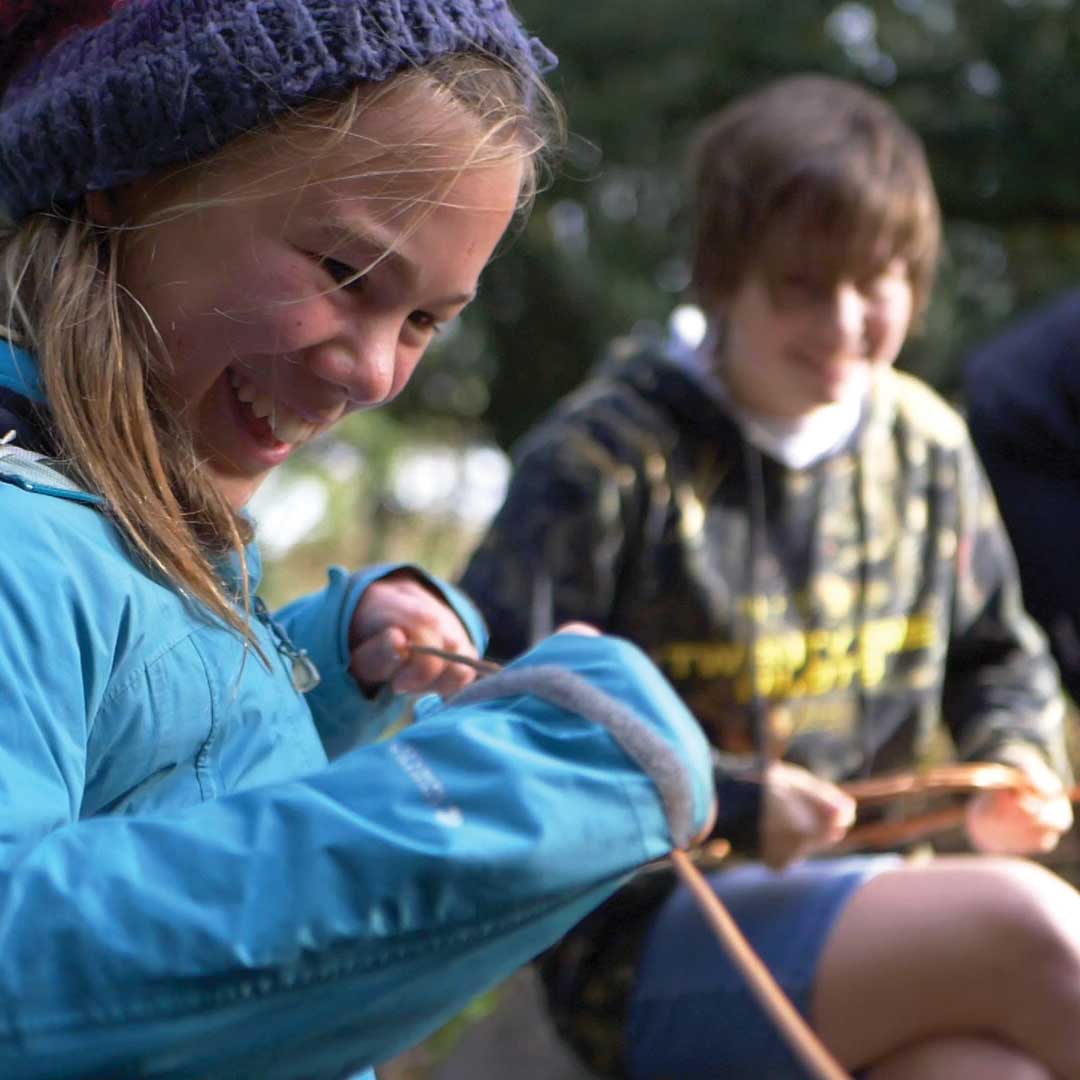Why woodland management matters
In the 25 years since YDMT was formed, we’ve supported the planting of around 1.6 million native broadleaf trees, mostly in a scattered mosaic of woodlands, where farmers and landowners have sought help planting up field corners and ghylls, or to create habitat on unproductive areas of land.
“Smaller woodlands have the potential to be mighty marvels, as a biodiverse patchwork quilt across the region, but we need to ensure they progress to full maturity, for amenity, for a landowner’s needs and especially for biodiversity,” said YDMT Woodland Officer Mike Appleton. “There is an appetite from landowners and farmers to manage them, and demonstrable financial reasons for doing so.”
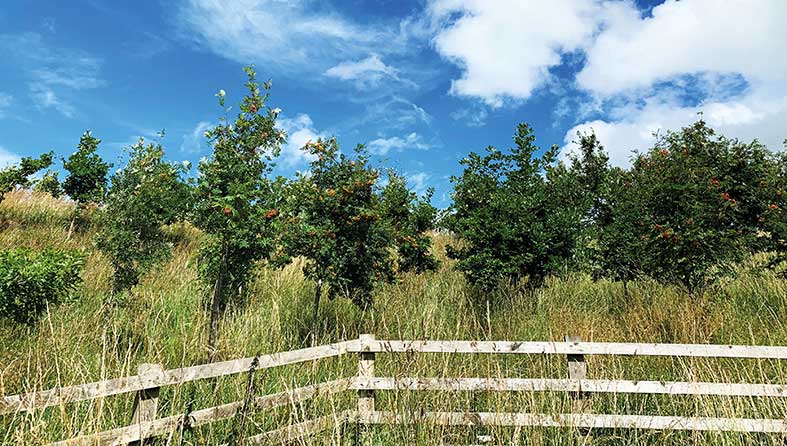
The result is a new YDMT Woodland Management programme, intended to enhance this patchwork mosaic across the Yorkshire Dales National Park, Nidderdale, and beyond, into parts of Cumbria and the Forest of Bowland. It will prepare small woodland management plans for landowners, and offer grants for management tasks such as thinning, underplanting and repairing boundaries.
“The scheme is innovative,” said Mike. “Nobody else is focusing on smaller woodlands, which could otherwise be forgotten. Before this, there wasn’t funding to write a management plan. Now, landowners can access a service they’d otherwise have to seek expensive specialist contractors for. YDMT grants will enable the work and biodiversity management to be done.”
The initial focus will be on YDMT’s 25 supporter woodlands, each privately owned by farmers, landowners and residents.
“Because we helped plant them, we have a duty to return to ensure they’re doing okay,” Mike said. “Once they’ve survived their first ten years and become established, what comes next? We’ll speak to the landowners, walk the land with them, discover what they want and write
a management plan.”
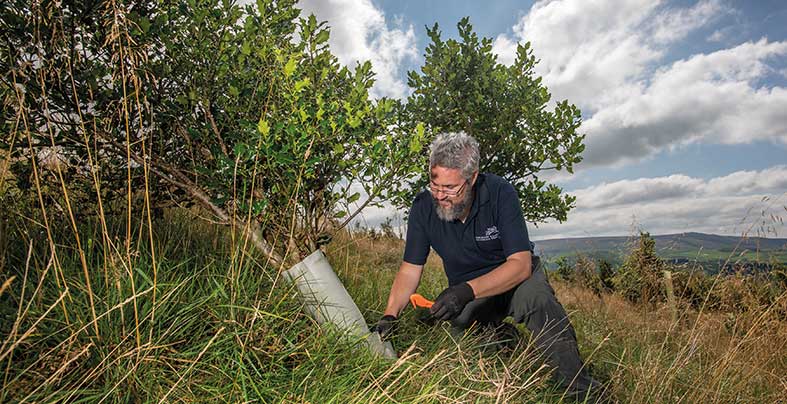
Thornbrook Wood is one of two pilot schemes already underway.
“Thornbrook is a dense, mixed woodland of around three hectares, planted 18 years ago. As we walked it, we realised that natural regeneration wasn’t taking place because the canopy was too closed for the understory to develop,” Mike explained.
“The management plan separates the woodland into parcels, making recommendations such as the removal of plastic shelters, securing boundaries, and a little thinning to get that undergrowth going. It’s a light touch, making recommendations rather dictating what
must be done.
“We’ll return in June with our woodland trainees to mark trees for felling, to create space for natural regeneration. The landowner can opt to fell them themselves or access YDMT’s Woodland Management Grants fund, to bring in specialists.”
YDMT can also help provide labour, in the form of volunteers, officers and trainees.
It is hoped that 50 small woodlands will be brought into active management over the next three years. “As part of the project, any new woodland we plant will have a basic baseline survey done, which we or the landowner will repeat every five years. We’ll also engage community groups and volunteers, to help actively manage the woodland,” Mike added.
The scheme has attracted £95,000 of funding over three years from the Peter Sowerby Foundation, a charity established in 2011 by North Yorkshire GP Dr Peter Sowerby.
Learn more about our woodland work
Restoring our native woodlands
25 years ago YDMT joined forces with other organisations to expand tree cover across the Yorkshire Dales and surrounding areas. Since then, we’ve supported the planting of over 1.5 million native broadleaf trees.
Plastic Free Woodlands
Hundreds of thousands of plastic tree guards are used every year to protect new trees as they grow, but the plastic they leave behind is polluting our soils and waterways. YDMT is driving an industry-led response to the problem, paving a way forward for plastic free woodlands.
Discover your woods
Want some inspiration for things to do in the woods? Check out our woodland activities, talks and resources put together by our YDMT woodland experts.

